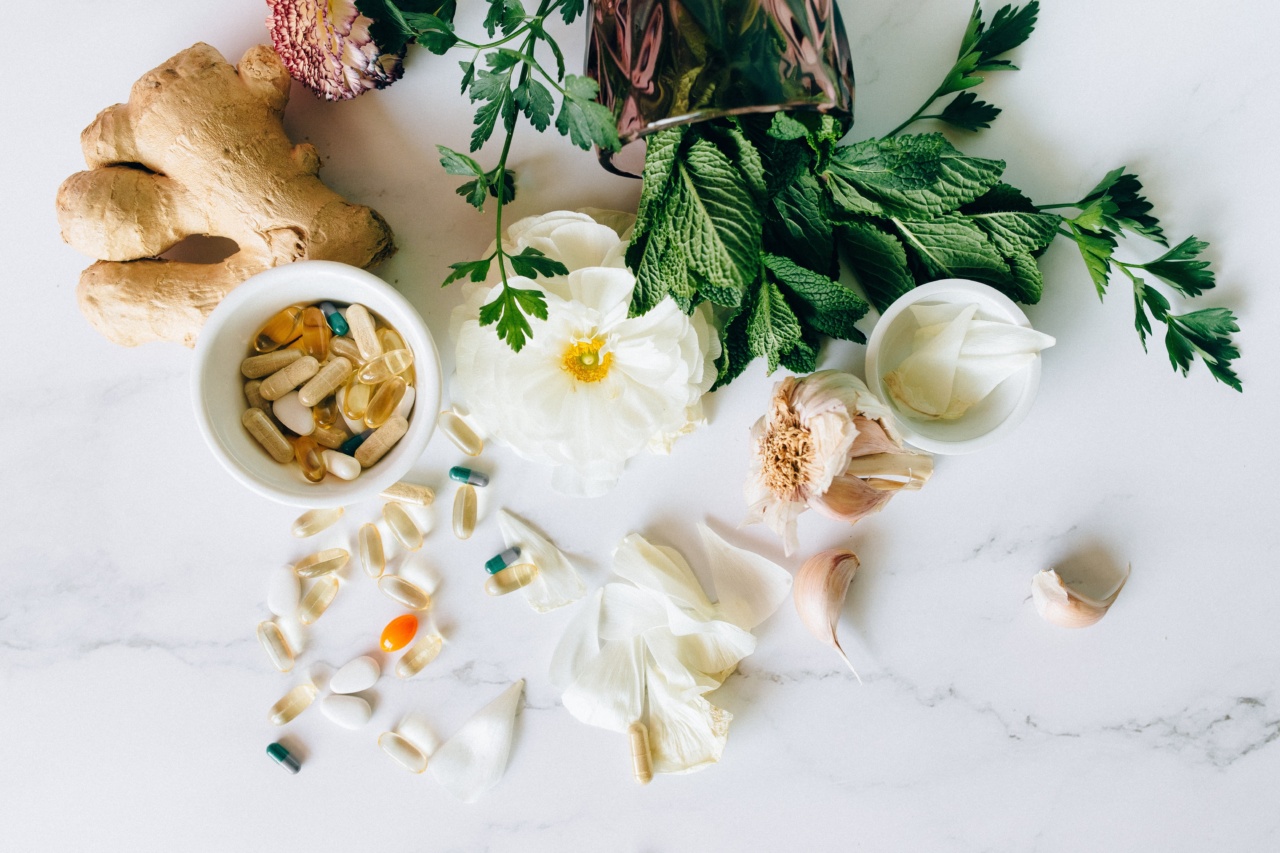Phlebitis, also known as superficial thrombophlebitis, is the inflammation of a vein, typically in the legs, due to a blood clot. It can cause pain, swelling, redness, and warmth in the affected area.
While medication is often prescribed to treat phlebitis, there are also affordable and natural ways to alleviate the symptoms and promote healing. In this article, we will explore ten such methods that can be done without the use of medication.
1. Apply a warm compress
One of the simplest and most effective ways to relieve the pain and inflammation caused by phlebitis is by applying a warm compress to the affected area. The heat helps to improve blood circulation and reduce swelling.
You can use a warm towel or a heating pad for this purpose. Ensure that the compress is not too hot to avoid burns.
2. Elevate the affected area
Keeping the affected area elevated can help reduce swelling and promote proper blood flow. Whenever possible, raise your legs above the level of your heart. This can be achieved by propping up your legs on pillows or using an adjustable bed or recliner.
Elevating the affected area for at least 15 to 20 minutes several times a day can provide significant relief.
3. Maintain a healthy weight
Being overweight or obese can put additional strain on your veins and worsen phlebitis symptoms. By maintaining a healthy weight through regular exercise and a balanced diet, you can reduce the pressure on your veins.
This, in turn, can help alleviate pain and inflammation associated with phlebitis.
4. Stay physically active
Engaging in regular physical activity is crucial for preventing blood clots and improving overall blood circulation. Simple exercises like walking, cycling, swimming, or yoga can be beneficial for individuals with phlebitis.
These activities promote healthy blood flow and strengthen the muscles, reducing the risk of clot formation.
5. Use compression stockings
Compression stockings or socks can improve blood flow and reduce swelling in the legs. They apply gentle pressure to the legs, preventing venous blood from pooling and forming clots.
Additionally, compression stockings can help alleviate the symptoms of phlebitis and prevent it from worsening. Consult your healthcare provider to determine the appropriate pressure level and size for your specific condition.
6. Practice good hygiene
Keeping the affected area clean can prevent infection and aid in the healing process. Gently wash the area with mild soap and warm water, being careful not to rub or irritate the inflamed vein. After washing, pat the area dry with a clean towel.
Avoid using harsh chemicals or soaps that can dry out the skin.
7. Stay hydrated
Drinking an adequate amount of water throughout the day is essential for maintaining healthy blood flow and preventing the formation of blood clots.
Staying hydrated helps keep blood viscosity normal and prevents the thickening of blood, reducing the risk of clot formation. Aim for at least eight glasses of water per day, and hydrate even more during hot weather or when engaging in physical activity.
8. Quit smoking
Smoking has a detrimental effect on the cardiovascular system and can increase the risk of blood clots. Quitting smoking can improve blood circulation, reduce inflammation, and promote healing in individuals with phlebitis.
If you need assistance in quitting smoking, consider reaching out to a healthcare professional or joining a support group.
9. Incorporate anti-inflammatory foods into your diet
Certain foods possess anti-inflammatory properties that can aid in reducing inflammation associated with phlebitis. Include foods like leafy greens, fatty fish (such as salmon and sardines), berries, nuts, olive oil, and turmeric in your diet.
These foods contain antioxidants and omega-3 fatty acids that can naturally alleviate inflammation and promote healing.
10. Practice leg exercises
Performing simple leg exercises can help stimulate blood flow, reduce swelling, and prevent blood clots. While sitting or lying down, flex and point your ankles, rotate your feet in circles, or raise and lower your legs.
These exercises engage the calf and thigh muscles, aiding in pumping blood back to the heart.
Conclusion
Phlebitis can cause discomfort and limit your daily activities, but medication is not always necessary for relief.
The affordable methods discussed above, including warm compresses, elevation, exercise, compression stockings, maintaining a healthy weight, and practicing good hygiene, can help alleviate symptoms and promote healing. Remember to consult with your healthcare provider before starting any new treatment or if your symptoms worsen.































